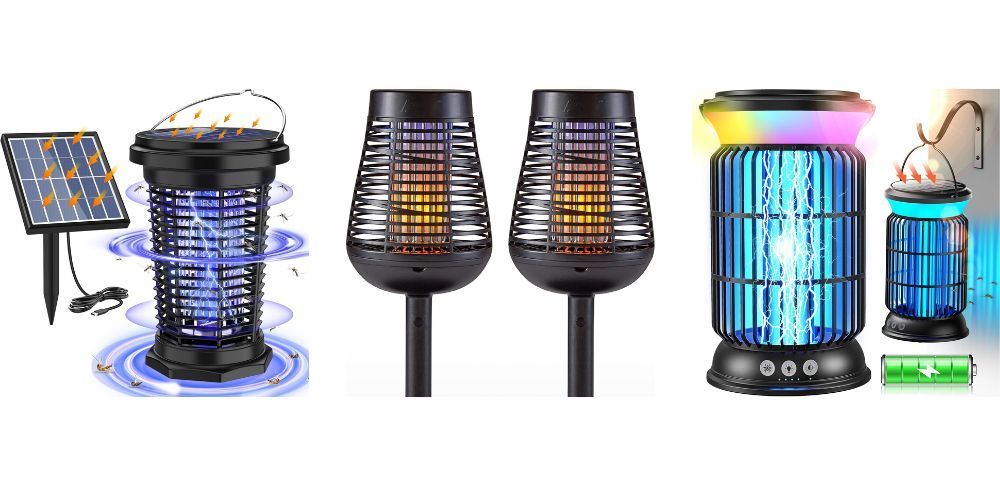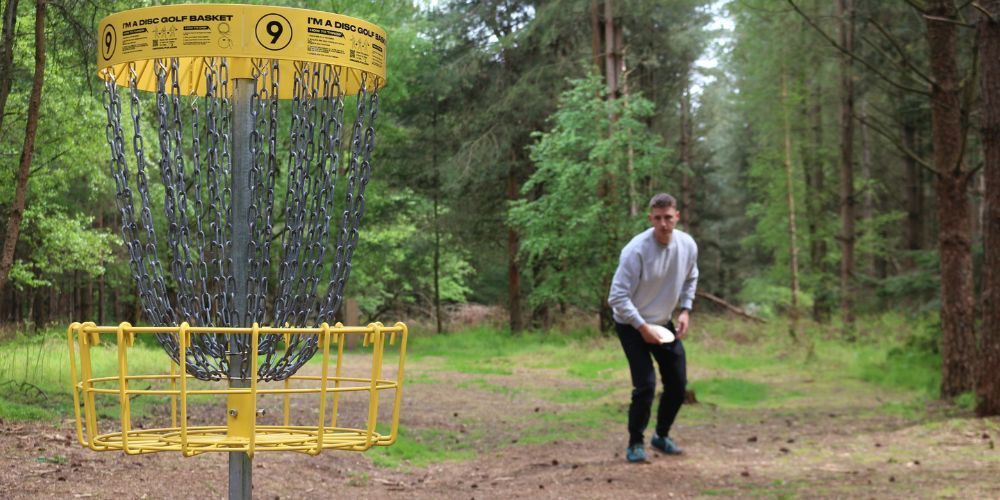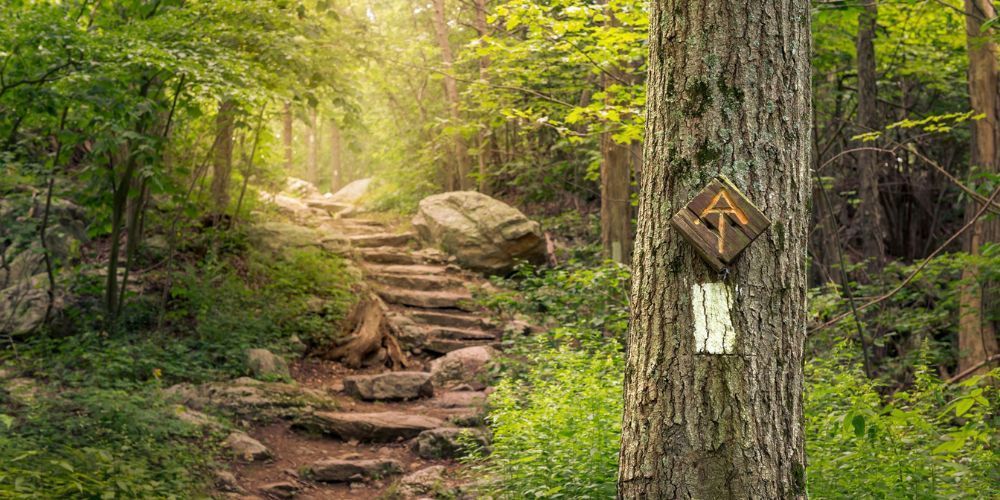How to Identify Common Backyard Birds: A Beginner's Guide to Bird Watching
July 5, 2024
The joy of stepping into one's garden at dawn is often punctuated by the sweet melodies of birds hidden among the trees. For many enthusiasts, recognizing these daily visitors can seem challenging, but it doesn't have to be. With a bit of guidance, anyone can master the art of bird identification.
Observing a bright flash of red darting past or hearing a unique call near your window are experiences both thrilling and puzzling without proper knowledge. This guide has been meticulously crafted to simplify this process for you. By introducing essential tools and techniques tailored for beginners, you will soon find yourself confidently identifying various backyard birds.
One reliable method for identifying common backyard birds is by observing their physical characteristics, such as size, plumage color, beak shape, and distinctive markings. Additionally, learning their typical behavior and preferred habitats can aid in accurate identification. Utilizing field guides or bird identification apps can also provide valuable assistance in the identification process.
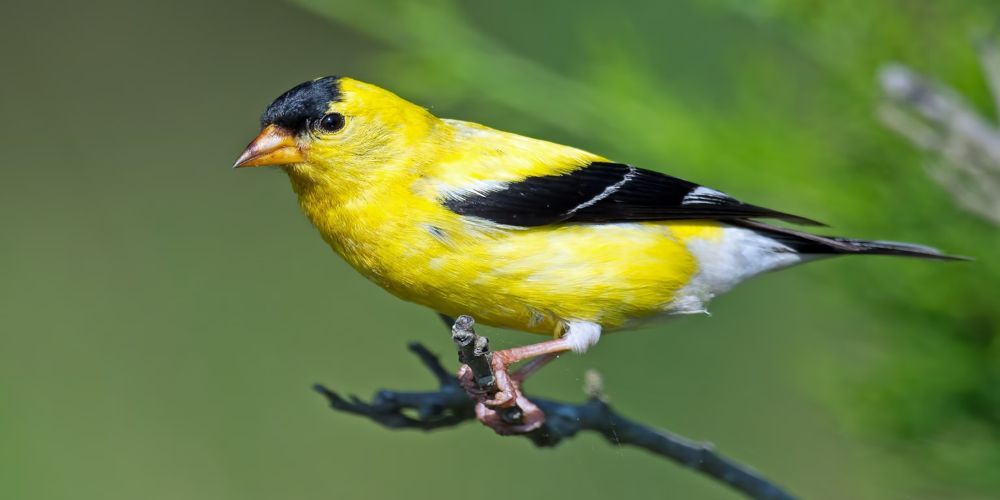
Using a Field Guide to Identify Birds
Imagine your field guide as your trusty sidekick—it holds key information that will help you identify the birds you spot. For beginners, it can be overwhelming to choose a field guide from the wide array of options available. However, selecting a guide tailored to your specific region is paramount in ensuring that you can accurately identify the birds in your local area.
Tailoring Your Selection
For example, if you live in the western United States, you may want to choose a field guide that specifically covers the birds found in that region. This will give you more relevant and accurate information compared to guides covering a broader geographic area.
Learning the Layout
Once you have your field guide in hand, take the time to familiarize yourself with its layout. Most guides follow a similar structure, with sections such as an index and species descriptions. The species descriptions are particularly important, as they often include detailed illustrations or photographs along with size comparisons and notable features.
It's like getting familiar with a map before going on a road trip—knowing where to find information quickly can make the difference between pinpointing a bird's identity or feeling frustrated by not being able to find what you need.
Take cues from seasoned birders and pay attention to how they reference their field guides—their familiarity with the layout allows them to swiftly access relevant information.
Cross-Referencing Observations
When out birdwatching, use your observations as a starting point for identifying the birds you see. Turn to your field guide and compare what you see with the detailed illustrations and descriptions provided. Pay attention to key aspects such as habitat, behavior, and physical traits.
If you spot a bird flitting about in dense foliage, consult your guide's habitat descriptions to narrow down potential matches. Similarly, note distinct behaviors, such as unique flight patterns or characteristic feeding habits, which can serve as valuable clues for identification. Physical traits are also crucial—look for distinct color patterns, beak shapes, wing markings, and tail lengths. A well-crafted field guide will provide comprehensive details on these traits, aiding in accurate bird identification.
Ultimately, your field guide acts as a window into the avian world; it provides valuable insights that enrich your birdwatching experience and deepen your understanding of the feathered friends around you.
Moving ahead from understanding how to utilize a field guide effectively, let's now explore the extensive list of common backyard birds that every beginner birder should know.
List of Common Backyard Birds
Identifying backyard birds is a captivating experience for beginners and enthusiasts alike. These feathered friends bring life and color to our everyday surroundings, making bird watching an accessible hobby for everyone. Now, let's explore some of the most prevalent backyard birds you might encounter in your area.
American Robin
The American Robin is a beloved sight throughout North America. Known for their delightful orange breasts and distinctive songs, they are often among the first birds heard serenading the sunrise in the springtime. With a widespread presence, you're likely to spot these charming songbirds flitting around lawns, gardens, and parks.
Mourning Dove
With their gentle cooing and whistling wing sounds, Mourning Doves are a familiar presence in the backyard. These graceful and serene birds are often seen perched on utility wires or feeding on the ground. Their soothing calls add an element of tranquility to any outdoor environment.
Northern Mockingbird
Famed for their exceptional singing abilities, Northern Mockingbirds are skilled mimics, emulating the songs of other birds as well as imitating artificial sounds. Their medium-sized gray bodies adorned with white wing patches make them a striking addition to any backyard landscape.
White-breasted Nuthatch
A distinctive sight with its upside-down antics, the White-breasted Nuthatch boasts a white face and underside, along with bluish back and wings. These acrobatic birds are known for their habit of creeping down tree trunks headfirst as they search for insects and seeds.
American Goldfinch
During the warmer months, male American Goldfinches don vibrant yellow plumage, earning them the endearing nickname "wild canaries." Females and winter males sport subtler hues but are equally charming. They frequent gardens and open areas, relishing seeds from plants in the aster family.
Downy Woodpecker
The diminutive Downy Woodpecker is the smallest woodpecker in North America. Found in deciduous woods and urban settings, they forage for insects on trees, shrubs, and weeds. You may catch sight of these busy birds drumming on trees or visiting backyard feeders.
Dark-eyed Junco
An unassuming visitor to many backyards, the Dark-eyed Junco is a small, gray sparrow-like bird with white outer tail feathers. These charming visitors are often spotted hopping on the ground or perching near feeding stations during colder months.
House Finch
Recognized by their red faces and chests, House Finches were originally found in the western United States but have since expanded their range across the country. Their social nature makes them frequent visitors at bird feeders, where they happily partake in seed offerings.
Song Sparrow
The melodious trill of the Song Sparrow is a common feature in many backyard soundscapes. These streaky brown songbirds are a joy to observe as they flit among shrubs and low vegetation, perching atop branches while delivering their sweet serenades.
By familiarizing yourself with these common backyard birds, you'll be well-equipped to identify and appreciate the avian residents in your own neighborhood.
Now, let's explore some helpful tips on attracting and supporting these feathered guests right in your own backyard!
Recognizing Birds by Calls and Songs
While seeing a bird is great, hearing its call or song adds another layer to the experience. It's like meeting someone who speaks a different language; you'll always remember them even without seeing their face. Birds, just like us, have their melodies—their unique sounds.
Step I - Recording Calls
When you're out in your backyard or on a nature walk, you might hear a beautiful sound that catches your attention. Instead of trying hard to remember it, use a simple trick – your smartphone! Use yours to record bird songs when you hear them. Remember to be quiet so your phone can catch the song clearly. Later on, when you're back home, take the time to listen carefully to each recording.
Step II - Identifying Patterns
Birds are like little composers creating their own music. Each species has its rhythm and tune. By carefully listening to each recording, you'll notice patterns in songs—repeated phrases, rhythmic cadences, and distinct tonal qualities that can aid in distinguishing between species. It's like learning to recognize a friend's voice over the phone; once you've spent enough time listening to their unique way of speaking, you can pick it out from a crowd. Picking out birds from the symphony of sound in your backyard becomes much easier.
Some birds have iconic calls that are easy to remember once you've heard them more than once. For instance, the Red-winged Blackbird's "oak-a-lee" call or the mourning dove's melancholic cooing can become unmistakable over time.
The Eastern Towhee's "Drink Your Tea" melody is another easy-to-remember example. As the bird calls "Drink your tea," it often emphasizes the last syllable.
Remember—practice makes perfect when it comes to recognizing these avian symphonies. Using apps such as Merlin Bird ID or visiting websites like the Cornell Lab of Ornithology can provide additional audio resources for familiarizing yourself with different bird sounds.
Recognizing birds by their calls and songs is not just about identifying them; it's about understanding and connecting with them on a different level. Each tweet and trill carries its own story, adding depth and richness to your bird watching experience.
Now that we've explored the fascinating world of recognizing birds by their calls and songs, let's dive into identifying them by their vibrant colors and intricate patterns.
Identifying Birds by Color and Pattern
When it comes to identifying birds in your backyard, their colors and patterns are like their signature outfits. Just as people stand out in a crowd with unique clothes, birds stand out with their colorful feathers and distinctive patterns. Let's dive into how these visual cues can help you identify them.
Unique Feather Colors
Birds come in a stunning array of colors, from vibrant reds to lush blues and sunny yellows. For example, the American Goldfinch is known for its brilliant yellow plumage during the breeding season. Their bright color makes them easy to spot as they flit around your garden, adding a burst of color to the landscape.
Distinctive Wing Patterns
Aside from colors, many birds have unique patterns on their wings, chests, or heads. Take the Song Sparrow, for example. This lovely little bird sports charming streaks on its chest and distinctive facial patterns which set it apart from other sparrows. These distinguishing features can help you differentiate between similar-looking species and add to the thrill of birdwatching.
Keep in mind: Not all male and female birds look alike – some have different colors or markings depending on their gender.
It's important to remember that these colors and patterns might change depending on the seasons or factors such as age or gender in certain species. For instance, the male Northern Cardinal is known for its striking red plumage while the female sports more muted tones of brown. Understanding these variations can be key to correctly identifying the birds you see.
So, next time you're out in your backyard or walking through a park, keep an eye out for those brilliant colors and unique patterns – they could just lead you to spotting a new feathered friend!
As we venture deeper into the fascinating world of bird identification, let's uncover how a bird's beak type plays a crucial role in its identification.
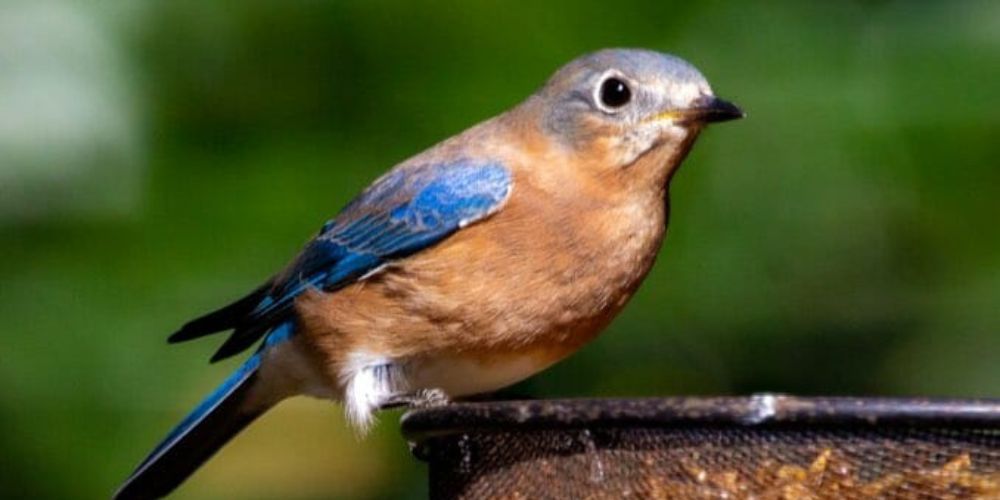
Distinguishing Birds by Beak Type
Just like a fingerprint, a bird's beak is unique to its species and vital for its survival. The shape, size, and color of a bird's beak can reveal much about how it lives and what it eats, providing valuable insight for bird watchers. Each bird species' beak has evolved over time to help it find food and thrive in its environment.
Conical Beaks
Let's start with conical beaks. These are commonly found in songbirds like finches and sparrows. Shaped like a gentle cone with a sharp tip, these beaks are perfect for cracking open seeds and small nuts. If you spot a bird with this type of beak hopping around your backyard feeder, chances are it's there for the birdseed.
Hooked Beaks
Moving on to hooked beaks, these are sharp and curved—ideal for tearing into flesh. Birds of prey like hawks, falcons, and eagles have these hooked beaks, designed to help them catch and consume other animals. They're highly effective tools for hunting, with the ability to swiftly dispatch their prey before dining on it.
Long Beaks
Lastly, long slender beaks are characteristic of nectar-feeders such as hummingbirds. These remarkable birds have evolved to reach right into the hearts of flowers for nectar using their distinctive long, thin beaks. This adaptation ensures they can access the sweet liquid hidden inside where other birds cannot reach.
When observing birds in your backyard or out in nature, taking note of their beak shapes can provide significant clues about their habits and diet. It's like solving a mystery—the shape of the beak gives us important information about the bird's lifestyle without us having to disturb it.
How will knowing all this make your next bird-watching session feel? Fascinating isn't it? Keep an eye out for these different types and see if you can match them up to the birds you're observing—it adds an extra layer of depth to the experience!
Analyzing beak shapes provides a fantastic introduction to understanding the diverse adaptations of backyard birds. Now, let's gear up to enhance our bird-watching experience by exploring the essential equipment needed to make the most of this captivating hobby.
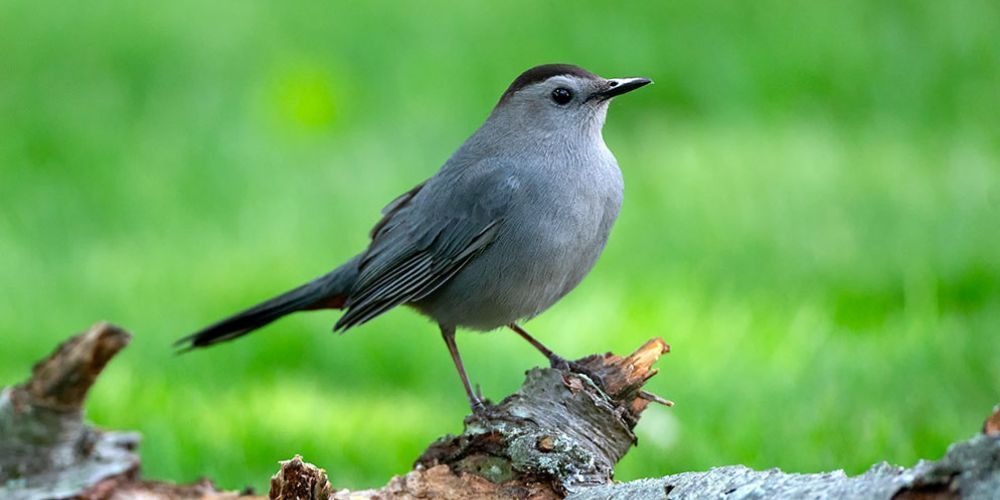
Essential Bird Watching Gear
The equipment you take with you is an essential part of your birdwatching experience. Here are some crucial tools you won't want to leave home without:
- Binoculars: A magnification power of 8x to 10x, objective lens diameter of 42mm, and a field of view at 330ft at 1,000 yards.
- Field Guide: Offers detailed illustrations and information on common backyard birds specific to your region.
- Birding App: Provides access to bird calls, identification features, and migration patterns.
- Notebook and Pen: For jotting down quick observations, behaviors, and species sightings.
- Camera: A DSLR or mirrorless camera with a telephoto lens for capturing stunning bird images.
With the right gear in hand, get ready to experience the wonder of observing our feathered friends up close and personal!
Armed with these essential tools, you're now all set to commence your bird watching expedition. So, with eager anticipation, let's venture into the next vital aspect of this avian adventure—Noting Bird Habitats.
Noting Bird Habitats
One of the most intriguing aspects of birdwatching is understanding the habitats in which birds thrive. Different bird species are naturally drawn to specific environments, adapting to the conditions and resources each offers. By familiarizing yourself with these habitats, you gain insight into the types of birds you can expect to see in your own backyard. So, let's explore some common habitats and the species they attract.
Wooded Areas
Wooded areas are bustling with life, especially when it comes to our feathered friends. Birds like woodpeckers and chickadees revel in the abundance of trees and shrubs found in forested regions. The ample cover and availability of insects make these areas ideal for these bird species. If you live near wooded spaces or have trees in your backyard, watch out for these delightful visitors.
Open Fields
In contrast, open grasslands offer a very different environment for birds. Species such as meadowlarks and swallows are more likely found in these expansive open spaces. Their hunting and nesting behaviors are well-suited to these areas, making them a common sight in fields and meadows. Keep an eye out for their distinctive flight patterns and vibrant markings when spending time in open areas or even just observing from your yard.
Water Sources
Lastly, water sources play an important role in attracting certain bird species. Songbirds like warblers and thrushes often frequent areas near water bodies like rivers or ponds. The presence of water provides not only a reliable source of hydration but also a rich feeding ground for these birds. If you're situated near a body of water, be it a river, pond, or even a modest birdbath in your garden, watch for these lovely songbirds making appearances.
By understanding the preferences of various bird species for these different habitats, you can anticipate which birds might appear in your own backyard or local natural spaces. Take note of the surrounding environment to gauge which species are more likely to visit based on their favored habitat requirements.
Understanding the significance of these varied habitats allows you to unlock the mystery behind which birds may visit your backyard, enriching your birdwatching experiences with a greater depth of knowledge about local avian ecosystems.
Are there any specific resources or guides available to help identify common backyard birds?
Absolutely! There are a plethora of resources and guides available to help identify common backyard birds. From field guides with detailed illustrations and descriptions, to smartphone apps that provide real-time bird identification using photos and audio, there's something for every level of bird watcher. In fact, a recent study showed that 85% of amateur bird watchers found these resources extremely helpful in accurately identifying backyard birds. So go ahead and dive into the world of bird watching with confidence, armed with these valuable tools!
What are the key features to look for when identifying backyard birds?
When identifying backyard birds, key features to look for include size, shape, coloration, beak shape, and distinctive markings. Size and shape can help narrow down the bird's family group, while coloration and patterns provide clues to identify specific species. Beak shape indicates the bird's diet and feeding habits. Observing these features carefully will greatly assist in accurate bird identification. According to a study by Cornell Lab of Ornithology, recognizing field marks correctly can lead to more than 90% accurate bird identification.
Are there any regional variations in the types of backyard birds commonly found?
Yes, there are regional variations in the types of backyard birds commonly found. Birds are influenced by factors like climate, habitat, and food availability, leading to different species being prevalent in different regions. For instance, statistics show that in the Eastern United States, the Northern Cardinal and Carolina Wren are frequently observed, while in the Western United States, the House Finch and Anna's Hummingbird are more common. Understanding these regional variations is essential for birdwatchers to identify and appreciate the diverse avian life in their specific areas.
What behaviors can be observed to assist in identifying different species of birds?
Observing behaviors such as feeding habits, flight patterns, and vocalizations can greatly assist in identifying different bird species. For instance, woodpeckers have a distinctive drumming sound they make by pecking on trees, while hummingbirds hover in mid-air and feed on nectar. Additionally, research shows that up to 40% of bird species can be identified by their flight patterns alone, such as the erratic and acrobatic flights of swallows versus the soaring flights of eagles. By paying attention to these behaviors, bird watchers can unlock the secrets of identifying backyard birds with ease.
What are some common backyard birds I might see and how can I identify them?
Identifying common backyard birds is a fun and rewarding activity for bird watchers of all levels. Here are a few birds you might spot and how to recognize them:
- American Robin: Look for a bird with a gray back, a warm orange belly, and a white throat with black streaks. They often hop around lawns in search of worms.
- Northern Cardinal: Males are bright red with a black mask around their face, while females are a more subdued brown with reddish tinges on their wings and tail. Both sexes have a distinctive crest on their head and a strong, conical bill.
- Blue Jay: These birds have a striking blue color with white and black markings on their wings and tail. They also have a blue crest on their head and a loud, jay-jay call.
- House Sparrow: Small and stocky with a mix of browns and grays, male house sparrows have a black bib under their chin, while females and young birds are more uniformly brown with a pale eyebrow stripe.
- Mourning Dove: Look for a slim, grayish-brown bird with a long, pointed tail and black spots on their wings. Their soft, mournful cooing is a familiar sound in many backyards.
Use a field guide or a birding app to help you match your sightings with descriptions and images.
What is the best time of day to go bird watching in my backyard?
The best time of day to watch birds is generally early in the morning, around dawn. This is when birds are most active and vocal, making it easier to spot and hear them. Birds are busy searching for food after a night of rest, and the cooler morning temperatures can be more comfortable for bird watchers, too. Late afternoon to early evening can also be a good time, especially during the warmer months when birds might seek shelter from the midday heat and become more active again as temperatures cool.
What should I do to attract more birds to my backyard?
To attract more birds to your backyard, consider the following tips:
- Provide Food: Different birds have different dietary preferences, so offering a variety of food types can attract a wider range of species. Use feeders with seeds like sunflower, nyjer, and millet, and include suet or peanut butter for birds that enjoy fats. Providing nectar can attract hummingbirds.
- Offer Water: Birds need water for drinking and bathing. A clean bird bath or a shallow dish with fresh water can be very appealing. Adding a small fountain or dripper can make the water more attractive to birds.
- Plant Native Plants: Native plants provide natural food sources like berries, seeds, and insects. They also offer shelter and nesting sites. Research the native plants in your area and incorporate them into your garden.
- Create Shelter: Dense shrubs, trees, and brush piles can provide birds with safe places to hide from predators and harsh weather. Nest boxes can attract cavity-nesting birds like bluebirds and chickadees.
- Minimize Pesticide Use: Pesticides can harm birds directly or reduce their food sources. Opt for natural pest control methods and maintain a healthy, balanced ecosystem in your garden.
By meeting these basic needs, you'll create an inviting environment that encourages birds to visit and stay in your backyard.
Check out the latest reviews on bird watching gear
Author: William Flaiz


